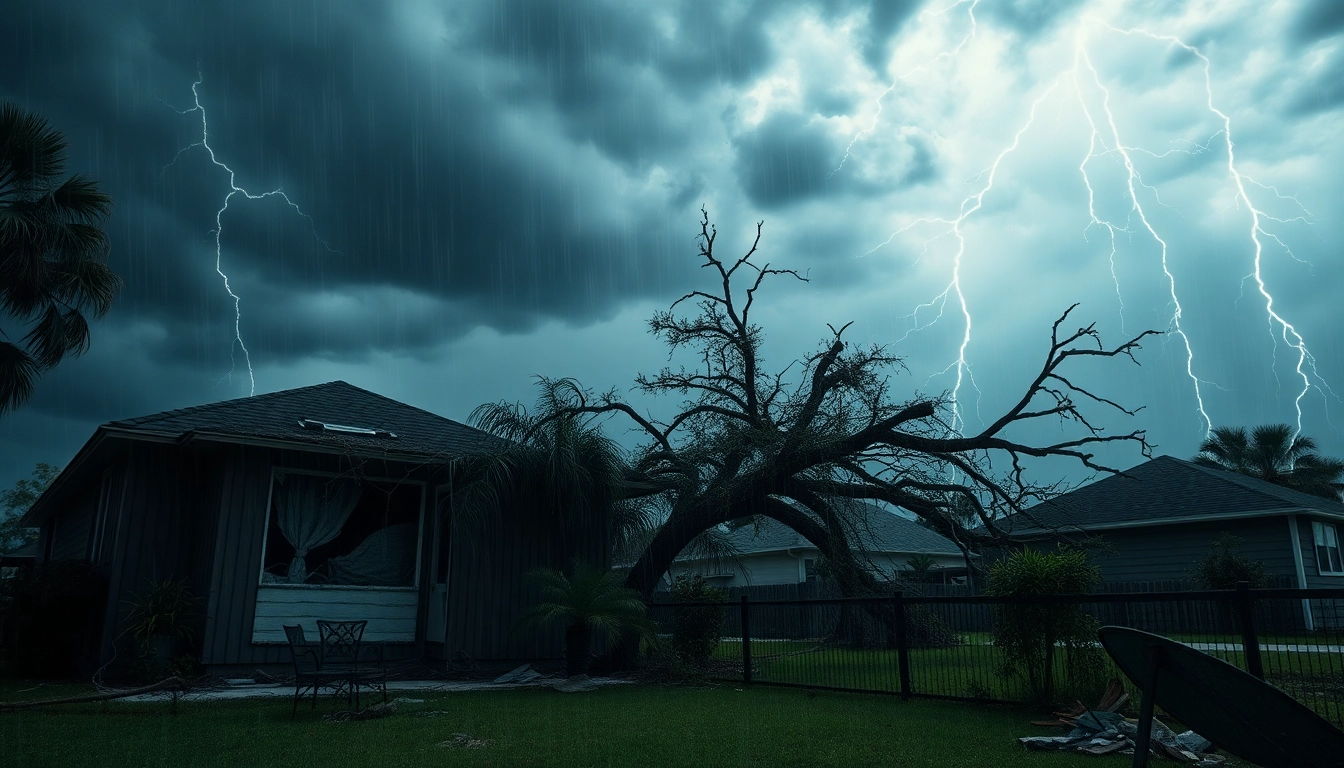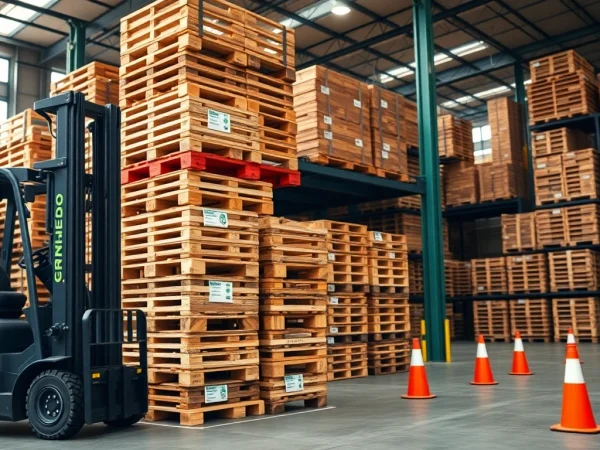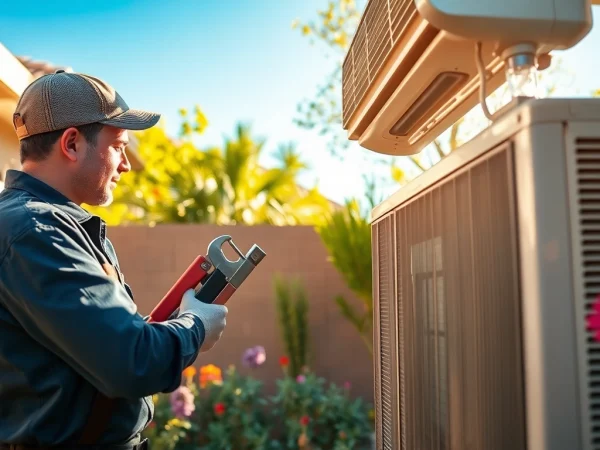Understanding Florida Hurricane Damage: Causes, Impacts, and Recovery Strategies
Introduction to Florida Hurricane Damage
Florida is a state that resides at the southern tip of the United States, making it particularly vulnerable to hurricanes. The warm waters of the Atlantic Ocean and the Gulf of Mexico create ideal conditions for tropical storms to develop into powerful hurricanes. As a result, homeowners, businesses, and communities must constantly deal with the risks associated with Florida Hurricane Damage. Understanding this phenomenon is crucial in learning how to prepare, respond, and recover effectively.
What Constitutes Hurricane Damage in Florida
Hurricane damage in Florida can manifest in various ways, impacting homes, infrastructure, and the environment. This damage is primarily categorized into physical damage inflicted by strong winds, flooding caused by heavy rains and storm surges, and long-term environmental consequences that can affect ecosystems and wildlife.
Physical damage typically includes:
- Structural damage: This refers to when intense winds and flying debris compromise the integrity of buildings. Roofs can be ripped off, windows shattered, and walls breached.
- Flooding: Heavy rainfall and storm surges can overwhelm drainage systems and inundate properties, leading to extensive interior damage.
- Utility faults: Power lines can be downed, and essential services interrupted, affecting the livability of the area.
Historical Context of Hurricane Damages in Florida
Florida’s history is filled with significant hurricanes, which provide valuable lessons on the impacts of these catastrophic events. Hurricanes like Andrew in 1992, Charlie in 2004, and Irma in 2017 brought destruction that altered communities and prompted changes in building codes and emergency responses.
The economic toll from such storms has been staggering. For instance, Hurricane Andrew caused around $27 billion in damages, leading to an increased focus on hurricane preparedness, response funding, and more fortified structures to withstand future storms.
Understanding the Risks in Hurricane-prone Areas
Understanding the risks associated with hurricanes in Florida involves more than acknowledging the destructive storms; it requires assessing individual vulnerabilities as well. Factors contributing to risk include:
- Geography: Coastal areas are at higher risk due to proximity to the ocean, while inland regions can still experience severe wind and flooding.
- Building codes: Older structures may not adhere to modern building codes designed to withstand hurricanes, posing safety risks during a storm.
- Community preparedness: The collective ability of a community to prepare for and respond to hurricanes can significantly influence damage and recovery outcomes.
Types of Damage Caused by Hurricanes
Structural Damage to Homes and Buildings
One of the most immediate and visual impacts of hurricanes is structural damage to homes, businesses, and public buildings. This damage can range from broken windows and damaged roofs to complete collapses of buildings. The wind speeds associated with hurricanes can reach upwards of 150 miles per hour, making the integrity of buildings paramount.
During storms, it is common to see:
- Roof damage, including loss of shingles or entire roofs
- Compromised exterior walls
- Flooding that compromises the foundation
- Windows and doors blown in or out
Following a hurricane, inspecting for such damage is crucial for safety and insurance claims. Understanding these types of structural vulnerabilities can guide homeowners in retrofitting their properties to better withstand future storms.
Environmental Impact on Florida’s Ecosystem
Hurricanes also have a profound impact on Florida’s rich and diverse ecosystems. The immediate effects can be catastrophic, uprooting trees, flooding wetlands, and altering landscapes. Over time, these events can lead to long-lasting ecological changes.
Some notable impacts on ecosystems include:
- Habitat loss: Many species depend on specific habitats that can be destroyed or dramatically altered during a hurricane.
- Water quality issues: Storms can lead to contamination of waterways with debris and pollutants, impacting aquatic life.
- Changes in biodiversity: Some species may thrive post-storm, while others struggle to recover, altering the balance of local ecosystems.
The Role of Wind and Water in Hurricane Damage
Wind and water play critical roles in the extent of hurricane damage. High winds can create flying debris, which can act as projectiles, causing damage far removed from the storm’s center. Meanwhile, the overwhelming push of water from storm surges and heavy rains leads to flooding, which can be devastating for infrastructure and homes.
Research indicates that, often, flooding is responsible for more insurance claims than wind damage. This dual-threat requires that preparedness plans account for both elements, ensuring communities are equipped to face the full range of Hurricane impacts.
Assessing Florida Hurricane Damage
Methods for Inspecting Residential Property
Post-hurricane inspections are vital for determining the extent of damage and initiating recovery plans. Homeowners should conduct thorough assessments that include:
- Visual inspections: Looking for visible damage to roofs, siding, and foundations.
- Inside evaluations: Checking for leaks, water damage, and structural integrity.
- Utilizing technology: Drones and cameras can help in assessing damage without risking safety.
It’s essential that property inspections be documented comprehensively, as this information will be critical for insurance purposes and any necessary repairs.
Identifying Different Levels of Damage
Damage levels can typically be categorized into three distinct types:
- Minor damage: Cosmetic issues such as missing shingles or slight siding damage. These repairs are crucial but usually affordable and manageable.
- Moderate damage: Includes more significant impacts such as flooded basements or minor structural breaches, often requiring professional assessments.
- Severe damage: Instances where structural integrity is compromised or total loss occurs. These are critical situations requiring immediate evacuation and extensive repairs.
Documentation for Insurance Claims
Effective documentation is crucial in the aftermath of hurricane damage. Homeowners should take the following steps:
- Document damage through photographs and videos, noting specific destruction.
- Gather any previous inspection reports or maintenance records that showcase the state of the property before the hurricane.
- File a claim promptly, providing as much detail as possible about the damage incurred.
Keeping detailed records can significantly expedite the claims process and ensure maximum recovery from losses.
Recovery and Restoration After Hurricane Damage
Steps for Homeowners to Take Immediately
Following a hurricane, homeowners should take immediate actions to mitigate damage and ensure safety:
- Ensure personal safety: Check for any hazards including downed power lines or gas leaks before re-entering properties.
- Document damage: As mentioned earlier, take photographs and videos to capture the damage for insurance claims.
- Begin clean-up: Remove water damaged items to prevent mold growth and address any minor repairs that can be handled safely.
Working with Contractors and Restoration Services
Choosing reputable contractors for restoration is vital. Homeowners should:
- Research and gather referrals to find qualified contractors experienced in hurricane recovery.
- Check necessary licenses and insurance certifications to ensure credibility.
- Obtain multiple quotes to understand the average costs and timelines for restoration projects.
Effective communication with contractors can help ensure that the restoration aligns with homeowners’ expectations and local regulations.
Financial Assistance and Insurance Claims Process
Understanding the financial aspects of recovery is crucial for homeowners. Coverage can be complicated, so it’s essential to know what your insurance policy includes:
- Review your policy: Understand what types of damage are covered, including hurricane damage specifically.
- Seek federal aid: Programs like FEMA can provide additional support for affected individuals.
- Stay organized: Keep all paperwork related to repairs, expenses, and communications with insurance providers to smooth the claims process.
Preventing Future Florida Hurricane Damage
Enhancing Home Resilience Against Hurricanes
Long-term planning for hurricane resistance involves implementing various strategies to minimize future damage risk:
- Retrofitting homes: Strengthening roofs, windows, and walls to withstand high winds.
- Elevating properties: Homes in flood-prone areas can be raised to prevent water ingress.
- Landscaping wisely: Planting trees away from homes reduces the risk of falling branches during storms.
Community Efforts in Hurricane Preparedness
Community readiness plays a crucial role in hurricane preparedness. Initiatives can include:
- Public education campaigns to raise awareness about hurricane risks and preparedness resources.
- Building community shelters that can accommodate residents during evacuations.
- Establishing local emergency response teams trained for hurricane scenarios.
Long-term Strategies for Mitigating Damage Risks
In addition to immediate preparedness, embracing long-term strategies is essential for sustainability:
- Implementing zoning regulations: Limiting development in high-risk areas enhances overall safety.
- Investing in infrastructure: Robust flood control systems and improved drainage can alleviate flooding risks.
- Promoting research and development: Ongoing studies into climate change impacts can aid future planning and resilience efforts.
With the increasing frequency and severity of storms, Florida’s commitment to effective hurricane preparedness and damage mitigation is more crucial than ever.







